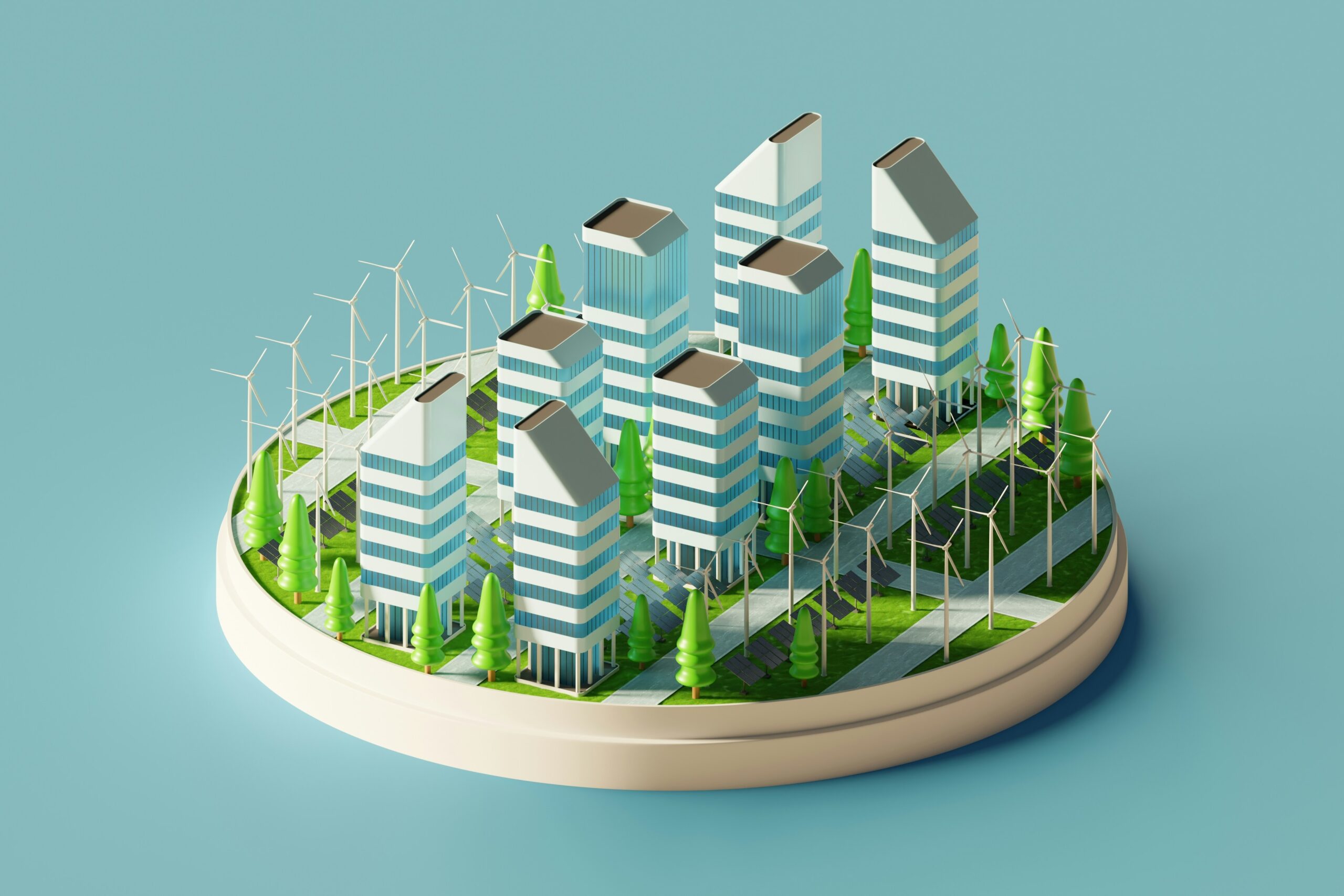
In recent years, the construction industry has experienced a significant shift toward sustainability, driven by environmental concerns, technological advancements, and societal demand for greener living spaces. Building the future is no longer solely about erecting structures; it’s about creating spaces that harmonize with nature while reducing carbon footprints and resource consumption. Eco-friendly construction practices are not just trends; they represent a long-term commitment to the planet and future generations. Across the globe, architects, engineers, and builders are showcasing remarkable accomplishments that highlight the potential of sustainable construction.
Redefining the Concept of Sustainable Buildings
Sustainable construction goes beyond using environmentally friendly materials. It encompasses every aspect of the building process, from design and planning to execution and maintenance. Modern sustainable buildings are designed to minimize energy consumption, utilize renewable energy sources, reduce water usage, and create healthier indoor environments. Advances in technology, such as energy-efficient HVAC systems, solar panels, and intelligent building management software, have allowed builders to create structures that not only reduce environmental impact but also lower operating costs for occupants.
The success of sustainable construction is evident in projects that embrace green certifications like LEED (Leadership in Energy and Environmental Design) and BREEAM (Building Research Establishment Environmental Assessment Method). These certifications recognize buildings that meet high environmental standards, providing a measurable framework for eco-friendly construction. Buildings that achieve these accolades showcase a commitment to innovation, quality, and ecological stewardship, setting benchmarks for future development.
Innovative Materials and Techniques
One of the most striking achievements in sustainable construction lies in the creative use of materials. Builders are increasingly adopting recycled and renewable resources, such as reclaimed wood, bamboo, and recycled steel. These materials reduce waste, conserve natural resources, and often come with added durability advantages. Additionally, advances in green concrete, which incorporates industrial byproducts like fly ash, are reducing the environmental impact of one of the most commonly used construction materials.
Construction techniques have also evolved to support eco-friendly objectives. Modular and prefabricated construction methods allow for precise assembly in controlled environments, reducing material waste and shortening project timelines. Furthermore, passive design strategies—such as optimizing natural light, ventilation, and thermal insulation—are improving energy efficiency and occupant comfort. By combining innovative materials with smart design, the construction industry is proving that sustainability and performance can coexist.
Showcasing Global Achievements
Around the world, several iconic projects highlight the accomplishments of sustainable construction. In urban areas, skyscrapers and commercial complexes are incorporating vertical gardens, rainwater harvesting systems, and renewable energy technologies. Residential communities are being designed with green spaces, community gardens, and energy-efficient housing solutions. These examples not only improve the quality of life for residents but also demonstrate the scalability of eco-friendly construction methods.
In addition to large-scale projects, smaller initiatives are also making a significant impact. Renovations and retrofits of existing buildings are transforming energy-intensive structures into efficient, sustainable spaces. By upgrading insulation, installing energy-efficient windows, and integrating renewable energy sources, older buildings can achieve reduced environmental impact while maintaining their historic charm. These accomplishments highlight that sustainability is achievable in both new construction and existing structures, broadening the scope of eco-friendly practices.
The Role of Technology in Sustainability
Technology plays a crucial role in promoting eco-friendly construction. Building Information Modeling (BIM) enables architects and engineers to visualize and optimize building designs before construction begins, reducing errors and minimizing waste. Smart sensors and IoT devices are improving energy management, water conservation, and air quality monitoring, ensuring buildings operate efficiently over their lifespan. These innovations make sustainable construction more accessible and practical, demonstrating that environmental responsibility can align with technological advancement.
Digital tools also facilitate collaboration between stakeholders, including designers, contractors, and environmental consultants. This coordination ensures that sustainability goals are embedded at every stage of the project, from planning to post-construction maintenance. By integrating technology into construction practices, builders can achieve measurable environmental outcomes and document their achievements for future reference.
Economic and Social Benefits
Sustainable construction not only benefits the environment; it also delivers economic and social advantages. Energy-efficient buildings reduce operating costs, which can result in long-term savings for businesses and homeowners. Green construction projects also create job opportunities in emerging industries, such as renewable energy installation, sustainable material production, and environmental consulting.
Socially, eco-friendly buildings enhance occupant well-being. Natural lighting, improved air quality, and green spaces contribute to healthier living and working environments. Communities built with sustainability in mind encourage social interaction, recreational activities, and a stronger connection with nature. By prioritizing environmental responsibility alongside human comfort, sustainable construction projects demonstrate that building the future is about fostering resilient, thriving communities.
Looking Ahead: A Sustainable Future
The accomplishments in sustainable and eco-friendly construction represent only the beginning of what is possible. As awareness of climate change grows and regulations evolve, the construction industry is likely to see even greater innovation. Future buildings may incorporate advanced energy storage, carbon-neutral materials, and intelligent systems that respond dynamically to environmental conditions. The successes already achieved provide a foundation for a future where construction aligns fully with ecological balance and societal well-being.
Ultimately, building the future means embracing sustainability at every level of construction. It involves rethinking materials, design, technology, and community impact. The projects and innovations being showcased today demonstrate that eco-friendly construction is not only achievable but also highly beneficial. By celebrating these accomplishments, the construction industry inspires others to adopt green practices and reinforces the idea that the future can be built responsibly, beautifully, and sustainably.